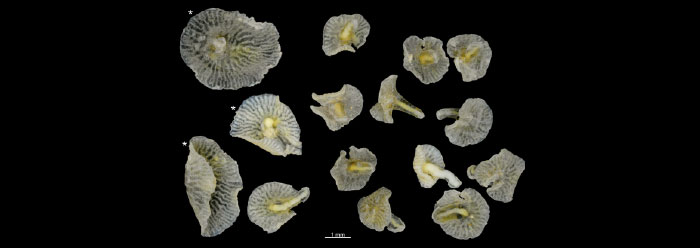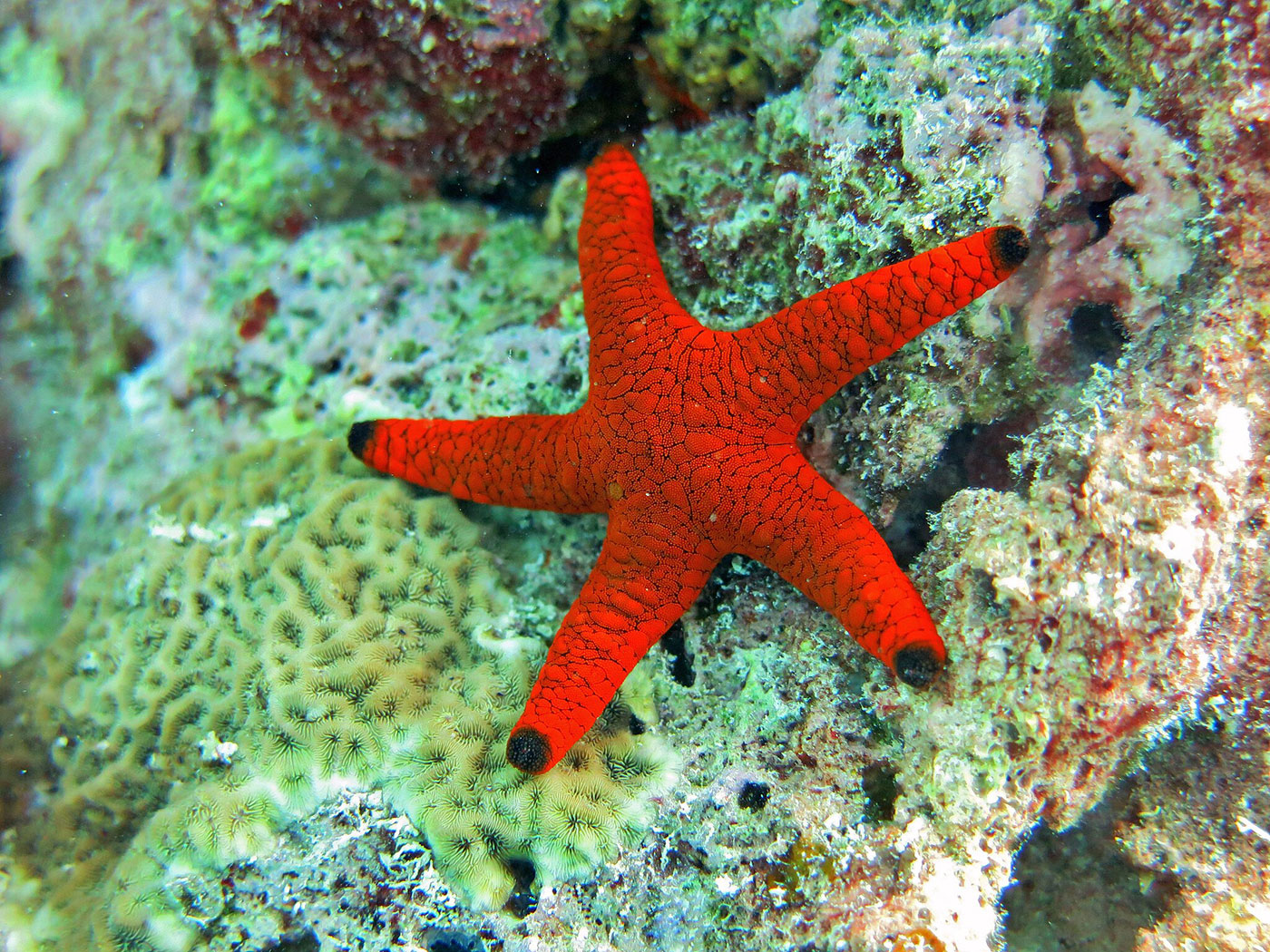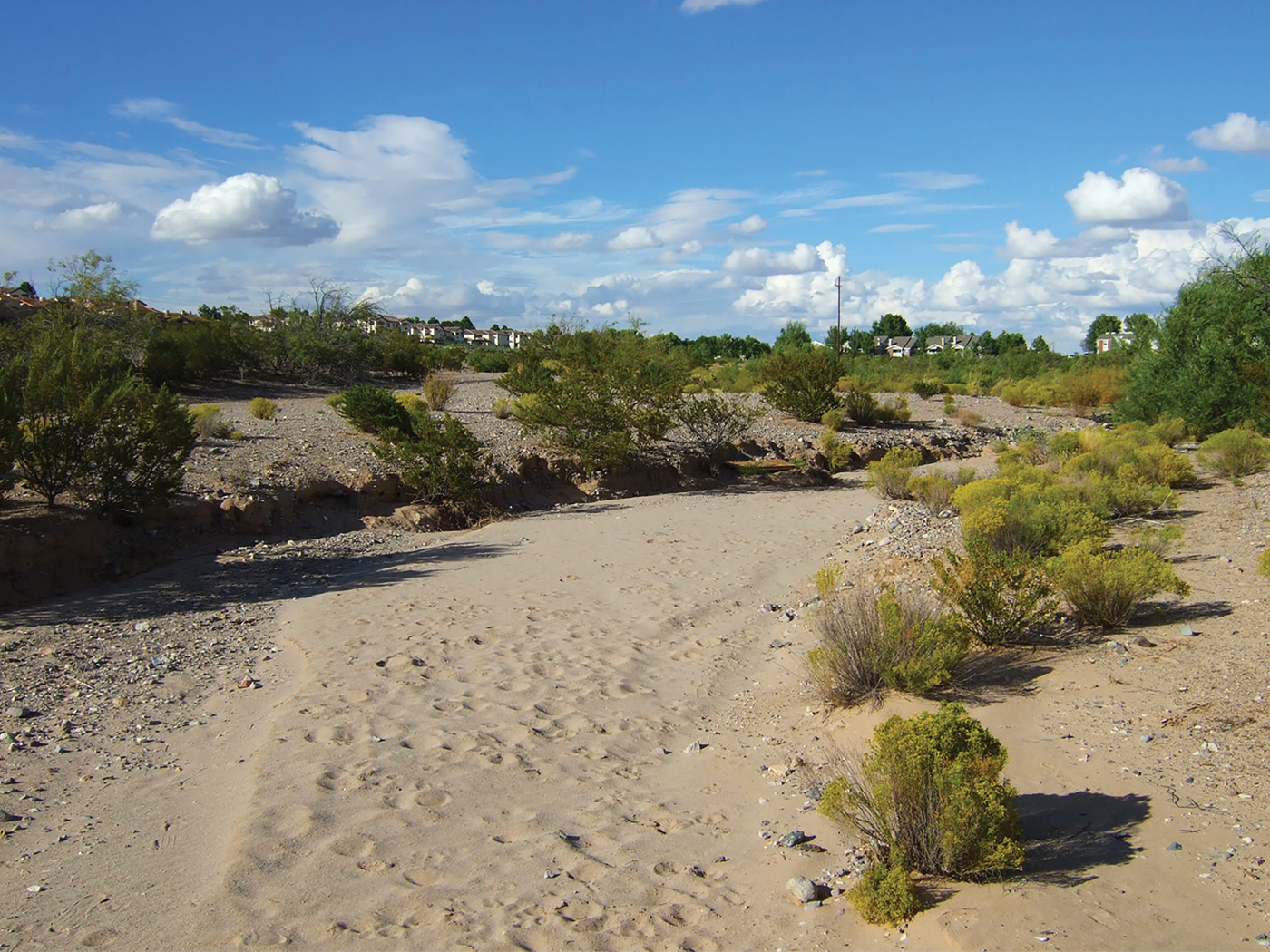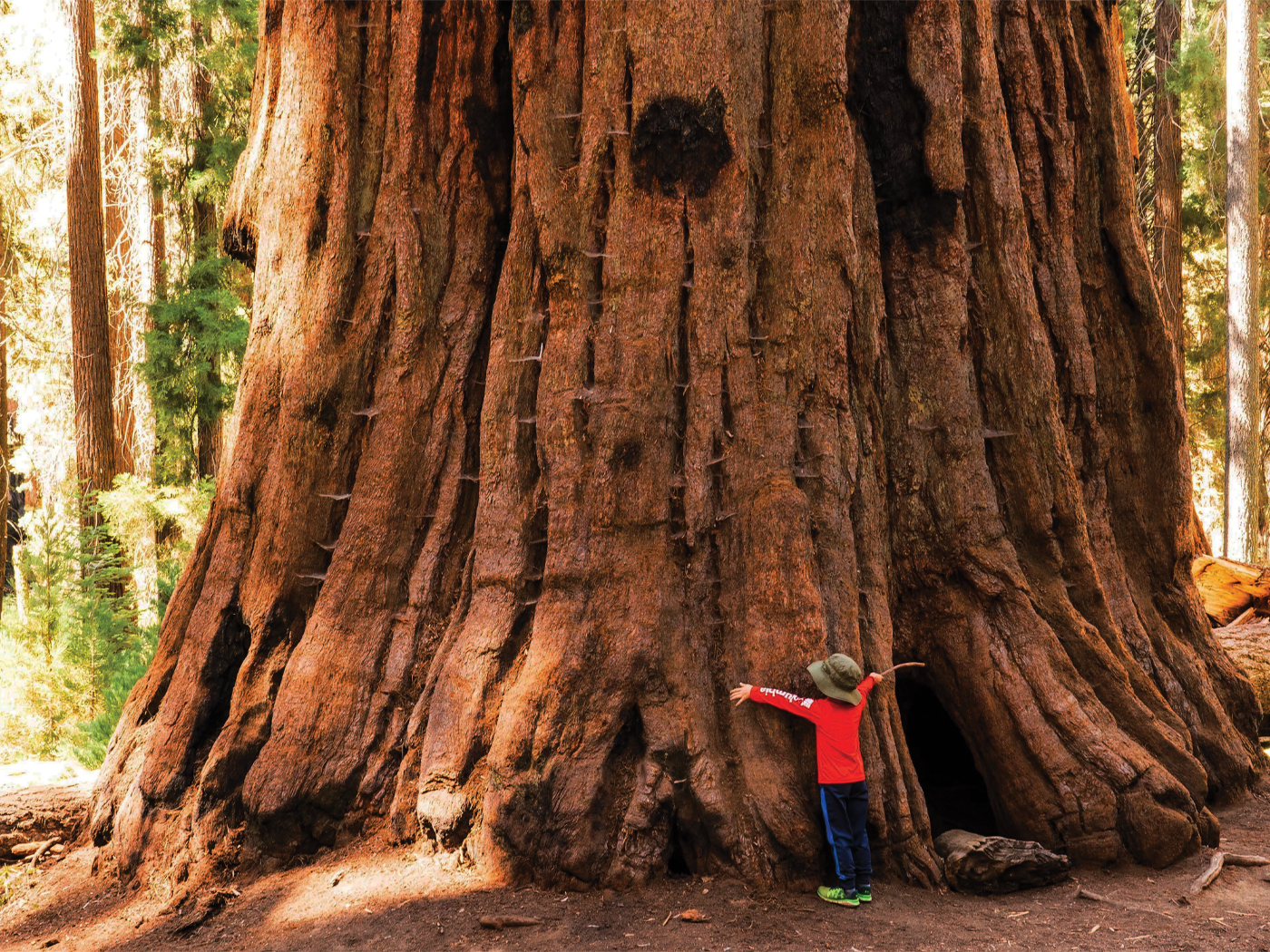A strange, new, mushroom-shaped species discovered alive on the deep seafloor near Australia—more than 3,000 feet below sea level—may be a record-breaking living fossil. Researchers investigated the anatomy of this phenomenal animal and published their finds in the online journal PLoS ONE.1 The creature has a pharynx running down the center of a central stalk, leading to "gastrovascular branches" that look like leaf veins running through a soft disc-like body part. It's not a jellyfish, sea squirt, or sponge.
Because it doesn't fit current categories of biology, the search is now on to find out what this creature is, and if or how it might relate to other animals—such as its basic phylum. Every phylum includes a very broad group of creatures. For example, phylum Cnidaria includes all forms of jellyfish, but excludes all other creatures. But so far, this new mushroom-shaped species "cannot at present be placed in an existing phylum."1 It does, however, have a genus: Dendrogramma.
The study authors noted how close their big discovery resembles certain fossils found in Ediacaran rocks. Only rarely are fossils found in these layers beneath the Cambrian strata. In contrast, Cambrian fossils abound with diversity and contain representatives of almost every living phylum, including fish from Chordata, the phylum for vertebrates.2,3
This newly discovered sea creature also challenges evolutionary interpretations of biology. If this really is a "living fossil"—a creature with ancient fossil representatives yet still alive today—that can be found in the Ediacaran rocks, then how will secular biologists explain that evolution had no effect on it over the course of 550 million years? After all, during that same supposed time, evolution was morphing something like mindless sea squirts into scientists.
If future research confirms that these living Dendrogramma represent Ediacaran animal forms, then none of these challenging questions confront biblical creation. Instead, finding solid answers will be simple: God created these creatures to reproduce more of their own unique kind, not evolve into some other phylum.
These new Dendrogramma species might confront evolutionary ideas by setting the record for the longest-surviving, unevolving life form. And in that case, their still-living forms fit the idea of recent creation, and their fossils would, like countless other fossils, confirm a recent world-destroying flood.
References
- Just, J., R. M. Kristensen, and J. Olesen. 2014. Dendrogramma, New Genus, with Two New Non-Bilaterian Species from the Marine Bathyal of Southeastern Australia (Animalia, Metazoa incertae sedis) – with Similarities to Some Medusoids from the Precambrian Ediacara. PLoS ONE. 9 (9): e102976.
- Thomas, B. Is the Cambrian Explosion Problem Solved? Creation Science Update. Posted on icr.org December 12, 2011, accessed November 25, 2014.
- Thomas, B. Cambrian Fossil Intensifies Evolutionary Conundrum. Creation Science Update. Posted on icr.org September 26, 2014, accessed November 25, 2014.
Image Credit: PLoS ONE. Adapted for use in accordance with federal copyright (fair use doctrine) law. Usage by ICR does not imply endorsement of copyright holders.
* Mr. Thomas is Science Writer at the Institute for Creation Research.
Article posted on December 8, 2014.














